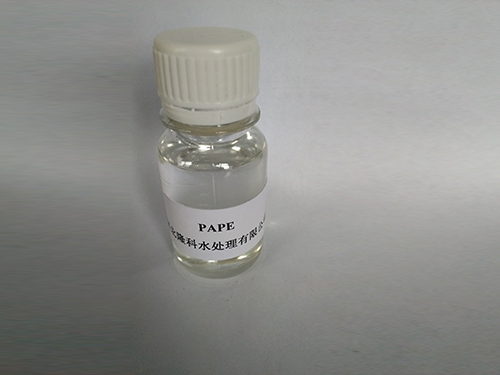Exploring the Impact of PBTC Scale Inhibitors on Performance and Efficiency
Understanding PBTC and Its Role as a Scale Inhibitor
The realm of chemical engineering and material sciences often encounters significant challenges, such as scale formation in various industrial systems. One of the promising solutions to mitigate this issue is the use of PBTC (Phosphinocarboxylic Acid) as a scale inhibitor. In this article, we will explore what PBTC is, how it functions as a scale inhibitor, its applications, and its environmental impact.
What is PBTC?
PBTC, or 2-Phosphonobutane-1,2,4-tricarboxylic acid, is a chemical compound characterized by its ability to chelate metal ions and modify the crystallization process of various scales. Its unique molecular structure incorporates phosphonic acid and carboxylic acid functionalities, allowing it to interact with calcium, magnesium, and iron ions commonly associated with scale formation.
Mechanism of Action
The primary feature of PBTC that enables it to act as a scale inhibitor lies in its capacity to bind to metal ions. In water systems, particularly those involved in cooling, heating, and processing, the presence of dissolved salts can lead to the precipitation of minerals, forming scales. This scale can accumulate on equipment surfaces, leading to decreased efficiency, increased energy consumption, and potential equipment damage.
When PBTC is introduced into these systems, it intervenes in the scale formation process. The phosphonate groups in PBTC effectively prevent the nucleation of scale crystals, inhibiting their growth and aggregation. Instead of forming large scales, the minerals remain dispersed in the water, significantly reducing the likelihood of deposition on surfaces. Moreover, PBTC stabilizes existing scales, rendering them easier to remove from surfaces, thus facilitating maintenance and prolonging the operational life of the equipment.
Applications of PBTC
pbtc scale inhibitorpbtc

PBTC finds its applications across various industries, including oil and gas, water treatment, and industrial cooling systems. In the oil and gas sector, it is used to minimize the scaling that can occur during extraction and processing. In water treatment facilities, PBTC is employed to keep water systems free from scale, ensuring optimal performance and compliance with environmental regulations.
Furthermore, in cooling towers and heat exchangers, integrating PBTC into water treatment regimes can significantly enhance heat transfer efficiency by reducing fouling caused by scale deposits. This leads to better energy efficiency and reduced operational costs, essential factors in competitive industrial environments.
Environmental Impact
With growing concerns surrounding environmental sustainability, the use of chemical additives like PBTC must be carefully considered. Fortunately, PBTC is known for its low toxicity and biodegradable characteristics. Studies have shown that upon degradation, PBTC does not produce harmful by-products, making it a safer alternative compared to traditional scale inhibitors that may contain hazardous components.
However, like any chemical, it is critical to use PBTC in appropriate concentrations and to follow regulatory guidelines to minimize any potential negative impacts on ecosystems. Sustainable practices in its application can lead to more environmentally friendly industrial operations.
Conclusion
In conclusion, PBTC serves as an effective scale inhibitor through its ability to chelate metal ions and prevent scale formation in various industrial settings. With its versatile applications and favorable environmental profile, it represents a significant advancement in the management of scale-related challenges. As industries continue to seek efficient and sustainable solutions, the role of PBTC in water treatment and processing is likely to grow, paving the way for more cost-effective and environmentally friendly practices. Understanding and utilizing compounds like PBTC can help industries not only maintain operational efficiency but also adhere to sustainability goals in an ever-evolving environmental landscape.
-
LK-319 Special Scale And Corrosion Inhibitor For Steel Plants: Advanced Solutions for Industrial Water SystemsNewsAug.22,2025
-
Flocculant Water Treatment: Essential Chemical Solutions for Purification ProcessesNewsAug.22,2025
-
Isothiazolinones: Versatile Microbial Control Agents for Industrial and Consumer ApplicationsNewsAug.22,2025
-
Scale Inhibitor: Key Solutions for Water System Scale PreventionNewsAug.22,2025
-
Organophosphonates: Versatile Scale Inhibitors for Industrial Water SystemsNewsAug.22,2025
-
Scale and Corrosion Inhibitor: Essential Chemical Solutions for Water System MaintenanceNewsAug.22,2025





